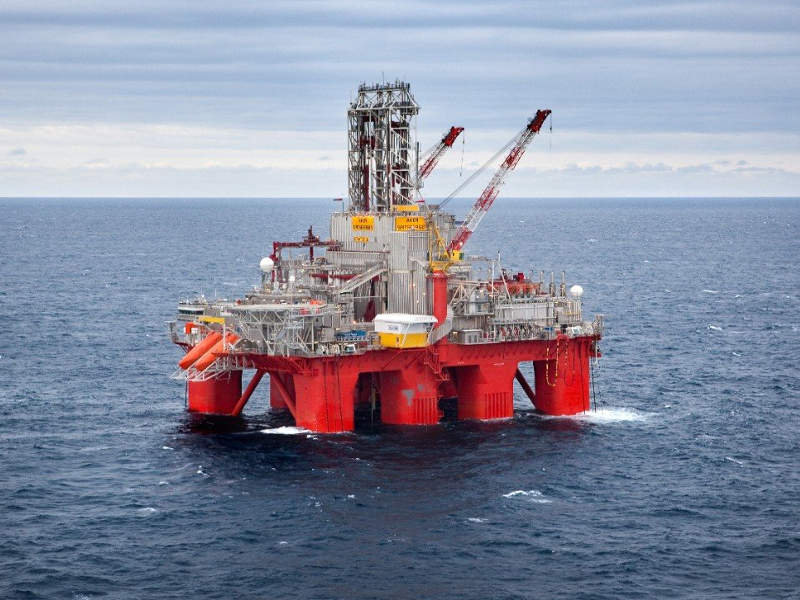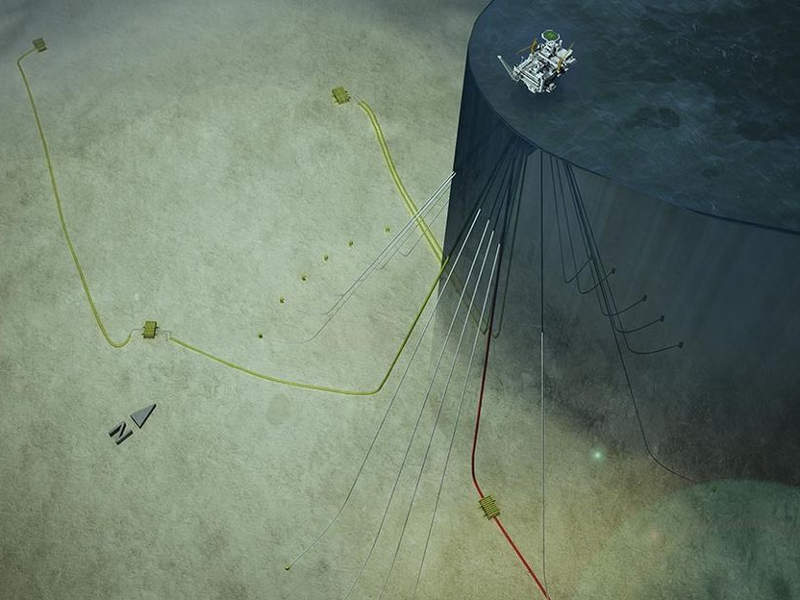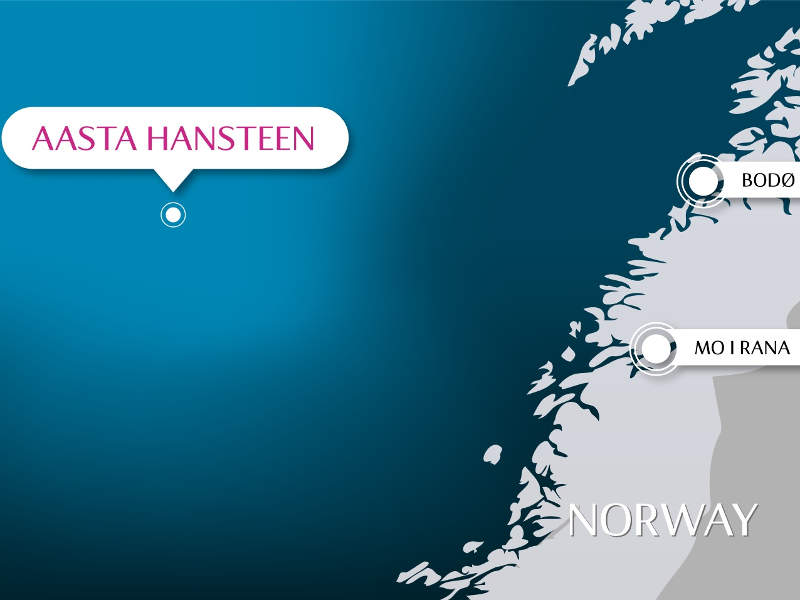The Snefrid Nord gas field lies in 1,312m of water in the production licence (PL) 218 of the Norwegian North Sea.
It is one of the deepest field developments situated on the Norwegian Continental Shelf. The site is located approximately 6km away from the Aasta Hansteen (previously Luva) field.
Statoil Petroleum is the field operator and holds 51% interest in the site, while the development partners include Wintershall Norge (24%), OMV Norge (15%) and ConocoPhillips Skandinavia (10%).
Snefrid Nord was developed together with the Aasta Hansteenfield, which produced commercial gas for the first time in December 2018.
The Snefrid Nord development was approved in 2017. The total investment involved in the Snefrid Nord development is approximately Nkr1.2bn ($131m). First production from the field was achieved in September 2019.
Snefrid Nord gas field discovery
The Snefrid Nord gas field was discovered in 2015 during the drilling of the 6706 / 12-2 wildcat exploration well, which was conducted as part of Statoil’s near-field exploration programme. It was drilled by the Transocean Spitsbergen drilling rig to a depth of 2,754m.
The primary objective of drilling the well was to prove gas in the Nise Formation.
Tertiary and Cretaceous limestones and sandstones were penetrated by the well and it encountered 75m of sandstones of good reservoir quality.
It also encountered a 103.4m gas column and a 6m oil column within the Nise Formation.
The well was not flow tested but data acquisition and sampling activities were conducted.
Geology and reserves of the Norwegian gas field
The Snefrid Nord development is part of a large sedimentary basin in the Norwegian Sea called the Vøring area.
It is estimated that the field contains recoverable reserves of approximately 4.4 billion cubic metres of gas.
Snefrid Nord field development details
The Snefrid Nord gas field was developed through a one-well single-slot subsea template, which is connected to the Aasta Hansteen development through the Luva template.
The field is expected to have a productive life of five to six years and produce four million cubic metre of gas a day at plateau.
Gas produced from the site is exported onshore via the 480km Polarled gas pipeline.
This project increases the resource base of the Aasta Hansteen development by 15% and extends its production plateau.
It also enables complete utilisation of the Polarled pipeline capacity.
Contractors involved
Statoil contracted Aker Solutions and Subsea 7 to supply equipment for the Snefrid Nord development, both of which previously supplied subsea equipment for the Aasta Hansteen project.
Aker Solutions was awarded the contract to supply the subsea template a suction anchor mooring and umbilicals.
The subsea template and suction anchor were manufactured at Aker Solutions’ Sandnessjøen office while the umbilicals were manufactured by its Moss office.
Subsea 7 was contracted to deliver flowlines and spools, and is also responsible for all of the development’s subsea installations.
Details of the Aasta Hansteen development
The Aasta Hansteen development includes the joint development of the Luva, Haklang and Snefrid South fields.
It is a strategically important project and is expected to facilitate the tie-up of future field developments.
The site features the world’s biggest SPAR platform, which commenced production in 2018.
The project, together with the Snefrid Norden development, enables the Polarled pipeline to supply gas to Europe.





